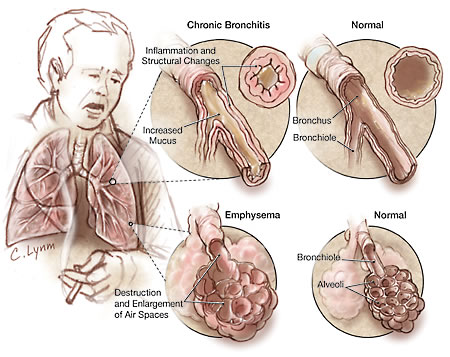Nursing Diagnosis for Parkinson's Disease - Diagnosa Keperawatan Parkinson

Nursing Diagnosis for Parkinson's Disease Parkinson's disease is a common disorder that arises due to some imperfection that amends the normal functioning of the central nervous system. The disease results in the loss of the neurons or nerve cells that contain dopamine in the substantia niera, the part of the brain that controls movement. Parkinson's disease (Paralysis agitans) as described by James Parkinson in 1817 is characterized by degeneration of central nervous tissues, affecting the motor skills of a person, thereby impairing his (rarely her) movements and speech. The causes of the disease have not been proven, the following factors increase the risk of Parkinson's; Age Male Genetic link to a sufferer Stress Head trauma Environmental exposure to pesticides Rural living High fat diet There are also three factors that have been associated with a decreased risk of Parkinson's, these are cigarette smoking, anti-oxidants being pres




